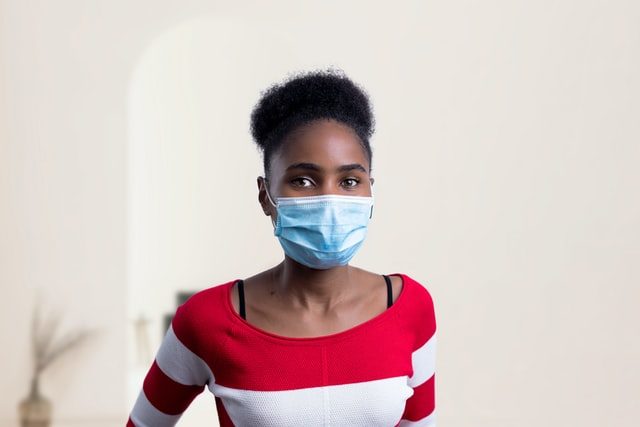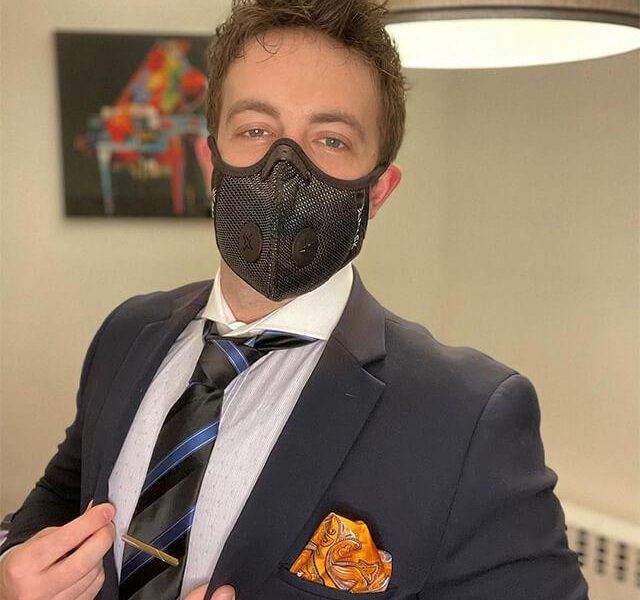
The Origin And History Of Medical Facemasks
Facemasks have become an important article of clothing these days. Institutions around the world have made wearing facemasks mandatory within their buildings. This has sparked a lot of controversy. CDC’s decision to make facemasks mandatory on public transport also sparked outrage. How did medical facemasks come into existence? How did they become an iconic item within the healthcare industry around the world? Read on below:

Facemasks In Ancient History
People started using face coverings to protect themselves around 2000 years ago. The Roman Philosopher Pliny the Elder used animal bladders and skins to filter out toxic materials when using pigments in decorations.
On some Persian tombs, there are images of people covering their faces with pieces of clothes. It was to protect themselves from some then on-going disease.
Facemasks in Not-So Ancient History
The13th century Chinese Yuan dynasty used facemasks for protective purposes. Marco Polo witnessed the Chinese Emperor being served by his servants wearing facemasks. The workers prevented their breath from contaminating the food.
During the Black Death, widespread use of facial coverings was recorded. With plague claiming thousands of lives in even remote areas, the superstitious idea that these medical facemasks could also prevent black magic also helped with their popularity.
Medical Facemasks in Modern History
With the discovery of microscopic organisms including such as bacteria in the early 19th century, scientists like Louis Pasteur made people aware of the harmful effects of being infected by these invisible organisms. Rich, fashionable women wore lace veils so as to prevent their lungs from being infected.
Wu Lien-teh developed the first medical facemask. She was working as a public health worker in Malaya. She was investigating a pneumonia plague that broke out in Northern China. It was made from layers of gauze and cotton fabric to ensure its effectiveness.
In 1905, that the Chicago physician Alice Hamilton published a scientific study of streptococci bacteria expelled from patients who coughed. She recommended that it become standard practice for physicians and doctors to wear masks whenever they dealt with patients.
Facemasks 100 Years Ago And Today
During the Spanish Flu outbreak post-WW1, people used protective masks to prevent infection. In the US, some states even made it mandatory for people to wear masks whenever they were in public.
Facemasks became popular among people who didn’t have anything to do with health care. This trend rose as industrial pollutants in the air started to rise. People who had asthma or had allergies to some airborne pollen generally wore medical facemasks.
Which brings us back to a year ago to the coronavirus pandemic. Marine Serre designed facemasks for her models at the Paris Fashion Week months before. Since then, designer masks have been sought out actively.
In Conclusion
You should wear facemasks for your protection and of those around you. Until the pandemic is over, it’s important to uphold this social requirement. With vaccination drives being conducted around the world, we can only hope that that time is soon. If you want to wear masks that go with your various outfits, check out our designer masks and find one that goes with your style.



